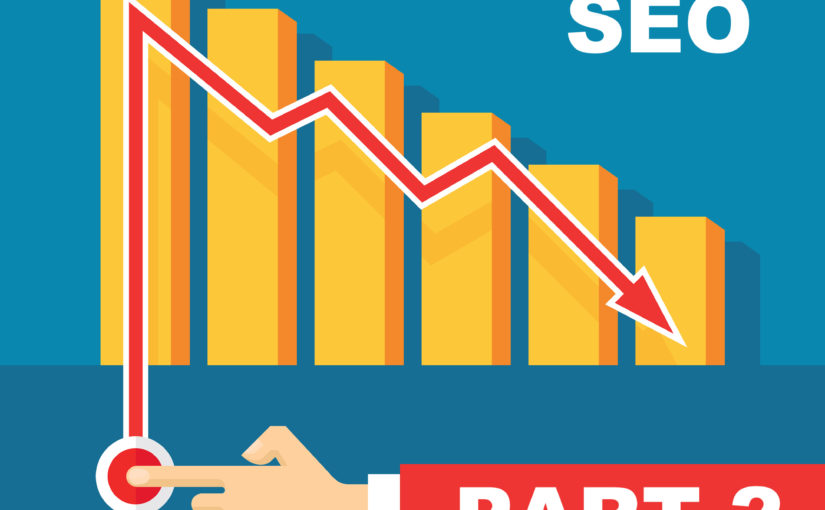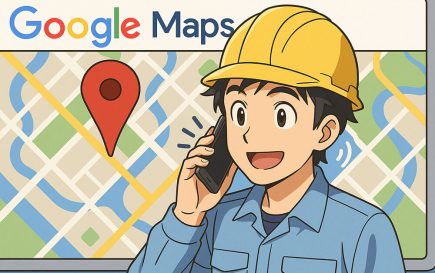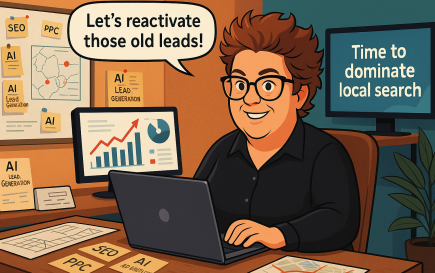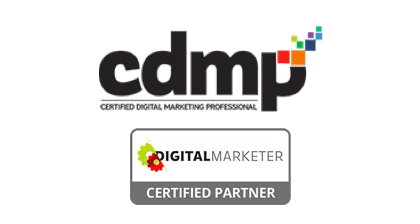
Negative SEO Part II: How to tell if you have been a victim of negative SEO
Now that we’ve explored a little bit about what negative SEO is and is not, let’s talk about how you can tell if you have been a victim of negative SEO.
Unfortunately, it’s not always easy.
You may first notice is a decline in your rankings or that your site has dropped off of page one, but before you surmise that you’ve been hit by a negative SEO attack, you need to find out if it was something you did inadvertently. Issues such as broken plugins can lead to the same results, so make sure you’re placing blame in the right lap.
The best way to determine this is by conducting a thorough SEO audit.
Here are some things you should check right away:
Search engine results
Check your results in a range of search engines using various queries. Since each engine responds slightly differently, this is important.
Enter this into your search bar: site:domain.tld (replace “domain” with your actual domain). This will give you a list of all of your site pages with the most important pages ranked first.
- Are there any pages missing? Look at the source code to see if they are being blocked.
- Is your index page suddenly not in the top spot? It could be a problem with how your URL redirects.
- Are there any pages that you don’t recognize? Odd indexation can be fixed on your end; if the pages look spammy and off topic, it could be an attack.
Google Analytics
Google Analytics will provide you with a lot of great information, such as:
- Has your bounce rate changed significantly?
- Is your session duration becoming shorter?
- Are there any new sources sending more traffic to your pages?
- Have there been any large changes in traffic on your most important pages?
- Is your load time increasing? Does this apply to any specific pages?
Google Search Console (GSC)
Here are some things to check in your GSC:
Messages: if there have been any major changes that would affect your site visibility, Google will let you know. Google will also let you know if it thinks you have been hacked. This is where you can find that info.
Links to your site: check this to see if there is a huge amount of spammy links that connect back to your site.
Internal links: if you tend to link out to the same site a lot, this can be an issue.
Manual actions: these need to be addressed right away.
Crawl errors: these can occur as a result of too many 500 responses, which will cause Google to crawl your site less.
Plagiarism tools
Copyscape is probably the most effective method of checking for duplicate content. You can have it crawl your entire site to check if your site or its content have been duplicated anywhere on the web.
In conclusion, there is a wide range of tools you can use to determine whether you have been hit with negative SEO. The tool that you use is less important than the result, and getting on top of it is crucial so that you can fix the problem quickly and have done with it.
Concerned about negative SEO? Schedule your analysis today!






